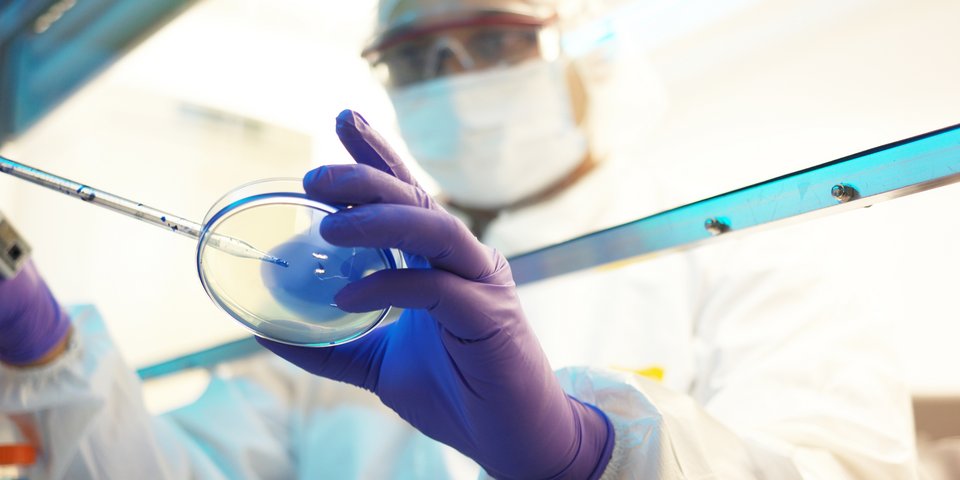 iStockphoto/Reptile8488
iStockphoto/Reptile8488Antimicrobial resistance
Despite progress in certain veterinary issues, there is little evidence of a reduction in the health burden of antimicrobial resistance.
UM – 12/2019
The
European Union (EU) has adopted a holistic ‘One Health’ approach in the fight
against antimicrobial resistance, focusing equally on human health, animal health
and the environment. This makes sense because of their many interrelationships
and influences. According to a special report prepared by the European Court of Auditors, there is little evidence to suggest
that the overall health burden of antimicrobial resistance has been reduced.
No demonstrable results
The
Court examined how well the Commission and the relevant EU agency, in this case
the European Centre for Disease Prevention and Control (ECDC), have managed
their resources to combat antimicrobial resistance (AMR). It also examined
whether the framework for prudent use of veterinary antimicrobials and for
monitoring antimicrobial resistance in food was being properly applied and how
research in this area was supported. It concluded that neither Member States
nor the Commission have consistently used outcome indicators, that data on
healthcare associated infections is incomplete and that there is insufficient
knowledge of AMR in the environment.
Visits not welcome?
However,
there have been some improvements. Sales of antimicrobial veterinary drugs fell
by 20% in the period from 2011 to 2016. In the Court’s view, however, this
figure is still too high and varies greatly one Member State to another. The
ECDC conducts country visits to support national authorities in the fight
against AMR. These visits are carried out ‘by invitation’ but are expected to
have a significant impact on the development of appropriate measures in the
Member States who request them. Unfortunately, most Member States have not
requested visits. There is still room for improvement.
More targeted use of funding
The
report also highlights the potential of more targeted funding. Combating AMR is
a good investment because deaths can be avoided, and costs saved. Although a significant
amount of money from the Structural Funds went into health projects, there was no
strategic investment priority for the current programme period. Of the 7,404 health
projects between 2014 and 2018, only two were specifically linked to antimicrobial
resistance. The inclusion of the EU Health Programme in the European Structural
Funds under ESF+ is viewed as an opportunity to overcome these shortcomings and
achieve more synergies between funding instruments and investments.
